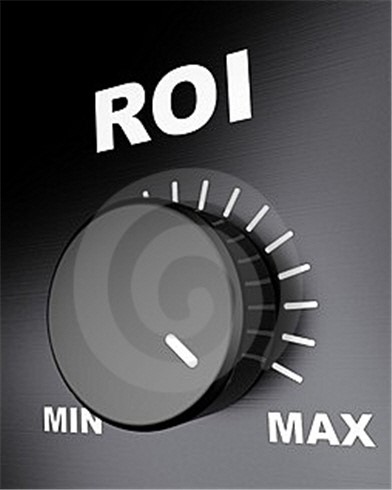Successful CRM
John Eccles, 10 July 2014
 Not all CRM projects are successful!
Not all CRM projects are successful!
There are a lot of anecdotes and figures about CRM failure out there, many of which are highly suspect at best.
I think Bob Thompson provides a realistic view of the CRM success statistics in the 2004 article, Successful CRM: Turning Customer Loyalty into Profitability.
According to Bob, success is best measured by ROI. About 1/3 CRM installations are very successful because they deliver superior ROI, 1/3 are somewhat successful, delivering average ROI and 1/3 are unsuccessful, delivering little or no benefits.
I suspect the statistics have not changed much over the last 10 years. Although CRM technology has vastly improved, people haven’t, and it is people that ultimately determine a project’s success or failure.
How to have a successful CRM implementation
There are numerous articles and blogs about avoiding CRM failure and how to obtain success. Most provide personal opinion based on anecdotal evidence. However, in the same article quoted above, Bob Thompson provides recommendations from a study. Although dated I believe the recommendations are valid today and are great advice for anyone embarking on a CRM project.
The following information is lifted from page 9 of Successful CRM: Turning Customer Loyalty into Profitability:
A detailed study was done of 448 CRM projects in 2002. It found that 72% of the ROI of the projects could be explained (in a statistical sense) by the following 4 factors:
(i) Customer-centric strategy 
Higher ROI was related to companies that tended to listen to their customers in a variety of ways, such as using customer satisfaction data, analysing churn or attrition data and getting customers involved in the planning process.
(ii) Frontline training and support
Successful companies provided new skills and training to employees, explained the value of the CRM program, in terms of both the technology used and the other aspects of the customer relationship process, and ensured employees were on board with the program.
(iii) Organisation change
The companies that attained higher ROI changed the roles and responsibilities of how people did their work and the design of the workflow and the organisation structure—or they changed the way they motivated employees. (Frontline training and support and organisation change are closely related, in that both pertain to the people side of CRM.)
(iv) Appropriate use of metrics
The companies that measured their current performance and their achievement against their specific CRM project goals tended to perform better than those that used much more informal types of assessments of their progress.
(*Visual from http://telligent.com/news/b/teamblog/archive/2012/05/07/social-business-3-keys-to-success.aspx )
(**Visual from: http://www.leadliaison.com/category/best-practices/roi/)

